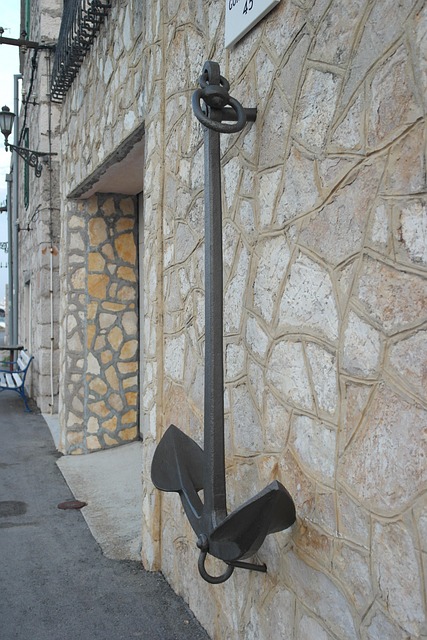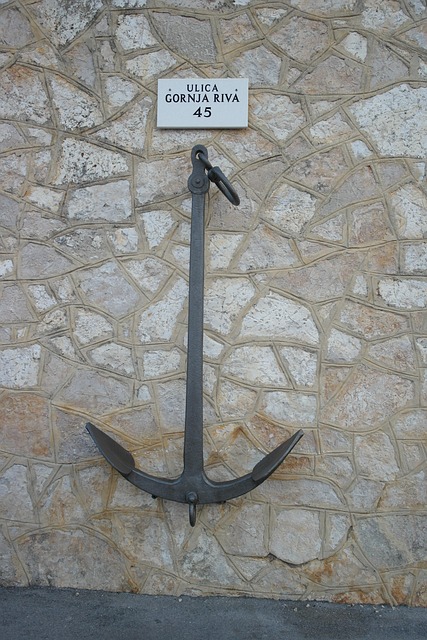Anchor text optimization enhances internal linking for SEO by strategically embedding clickable, keyword-rich phrases in content. This improves user experience, search engine comprehension, and site performance. Focus on relevant keywords, contextually align anchor text with destination pages, and regularly update links for optimal results. Use tracking tools to measure CTR, time on page, and bounce rates for data-driven strategy refinement.
“Unleash the power of internal linking with our comprehensive guide on anchor text optimization. This article is your go-to resource for creating effective video content and webinars, teaching practical strategies to boost search rankings. From mastering anchor text basics to strategically placing links within content, we cover it all. Learn how to choose relevant keywords, optimize link context, evaluate your strategy, and track results. Discover the secrets to successful anchor text tactics that drive organic traffic and enhance your online presence.”
- Understanding Anchor Text Optimization Basics
- Choosing Relevant Keywords for Internal Links
- Strategically Placing Anchors in Content
- Optimizing Link Context for Better Rankings
- Evaluating and Updating Your Internal Linking Strategy
- Tracking Results: Measuring Success of Anchor Text Tactics
Understanding Anchor Text Optimization Basics

Understanding anchor text optimization is crucial for anyone aiming to perfect their internal linking strategy, especially when it comes to crafting compelling video content or structuring engaging webinars. At its core, this technique revolves around strategically using clickable text links within your content to enhance user experience and search engine visibility. The ‘anchor text’ refers to the visible word(s) that users click on to be directed to another page or resource.
When implementing anchor text optimization tips, it’s essential to strike a balance between keyword relevance and readability. Instead of stuffing keywords into anchor texts, focus on creating natural-sounding phrases that accurately describe the target content. For instance, if linking to a video about ‘SEO best practices’, an optimized anchor text could be “Learn SEO Strategies” or “Explore Advanced SEO Techniques”. This not only provides users with a clear indication of what they’ll find but also aids search engines in understanding the context and purpose of your links.
Choosing Relevant Keywords for Internal Links

When crafting internal links for your website or webinar content, selecting the right keywords is a crucial first step. The primary focus should be on choosing relevant and contextually appropriate anchor text that not only enhances user experience but also signals search engines about the destination page’s topic. This process involves understanding your target audience and their search queries.
For instance, if you’re creating a video series on SEO best practices, your internal links might include terms like “learn more about on-page optimization” or “explore our guide to anchor text optimization.” By incorporating these phrases as anchor text, you provide clear context for both viewers and search algorithms, making it an effective strategy for improving your site’s overall SEO.
Strategically Placing Anchors in Content

When crafting content for video or webinars focused on internal linking, strategically placing anchors is a powerful technique to enhance your SEO efforts. Acts as a subtle yet effective tool, anchor text optimization involves using specific keywords within your links to guide both users and search engines towards relevant pages. This strategic approach ensures that each link acts as a valuable entry point, directing visitors to essential content while improving overall site navigation.
By integrating anchor text optimization into your content strategy, you can create a seamless user experience while boosting your website’s SEO performance. Crafting compelling anchor texts requires balancing relevance and creativity. Using keywords naturally within the anchor text not only provides context but also reinforces them as essential elements in your overall SEO strategy. This technique is particularly beneficial for webinars or video tutorials where guiding viewers through related content can significantly enhance engagement and information retention.
Optimizing Link Context for Better Rankings

When it comes to boosting your website’s rankings, optimizing link context through effective anchor text strategies is a powerful tool. Anchor text, which refers to the clickable words in a hyperlink, plays a significant role in both user experience and search engine optimization (SEO). The goal is to create compelling and relevant anchor texts that accurately describe the target page’s content while also incorporating relevant keywords naturally. This technique, often termed anchor text optimization, helps search engines understand the context and theme of your web pages, leading to better rankings.
By using specific and keyword-rich anchor text, you can guide both users and search algorithms towards relevant content. For instance, if you’re linking to a page about “effective internal linking strategies,” using anchors like “learn more about internal linking” or “check out our guide on strategic links” provides clear context. This strategy not only enhances the user experience but also signals to search engines that your website offers valuable, themed content, which can significantly impact your SEO efforts, especially when combined with a comprehensive anchor text optimization tutorial.
Evaluating and Updating Your Internal Linking Strategy

Evaluating and updating your internal linking strategy is a crucial step in optimizing your website’s navigation and search engine visibility. Regularly examine the links within your content to ensure they are relevant, up-to-date, and aligned with user intent. One of the key aspects of this process is anchor text optimization. The anchor text, or link text, is what users see when clicking on a hyperlink. Utilizing keyword-rich anchor text that accurately represents the target page’s content can significantly impact your search engine rankings. For instance, instead of generic links like “click here,” use descriptive phrases that incorporate relevant keywords naturally.
To implement effective anchor text optimization tips, start by identifying core pages and important topics on your site. Create anchor texts that reflect these topics while ensuring they remain diverse and natural-sounding. Regularly review and update older content to include fresh, optimized anchor texts, especially if there have been changes in the content or page relevance. This ongoing process ensures that your internal linking strategy remains dynamic and effective, guiding users seamlessly through your site and enhancing its overall performance.
Tracking Results: Measuring Success of Anchor Text Tactics

To effectively assess the success of your anchor text tactics, it’s crucial to implement robust tracking and measurement strategies. By utilizing tools like Google Analytics and Search Console, you can gain valuable insights into how users interact with your content and the performance of each anchor text variation. Key metrics to monitor include click-through rates (CTR) from internal links, time on page, and bounce rates – these indicators will reveal whether your chosen keywords and phrasing are driving relevant traffic and engaging visitors.
Regularly analyzing these results allows for iterative improvements to your anchor text optimization strategy. Identify which phrases yield the best outcomes, adjust your content accordingly, and continuously refine your approach. Remember, successful anchor text optimization is an ongoing process that demands adaptability and a keen eye for detail – by honing your tactics based on data-driven evidence, you’ll enhance both user experience and search engine rankings.
